As with any easy gardening technique, there is a lot to consider regarding lasagna gardening that specifically relates to its many benefits and ease of application. One of the main ‘pros’ of lasagna gardening is that it can be an easy way to smother out weeds and grass while enhancing soil over time, which is an ideal alternative to backyard lawns.
Also see our page on bee-friendly ground covers as an alternative to lawns, as providing habitat for bees is an essential part of food production to encourage polination.
A lasagna garden relies on recycled newspaper, cardboard, leaf materials, and traditional compost and soil material to achieve this, and it has many benefits along the way. The ‘cons’ of lasagna gardening on the other hand can include the time spent building and finishing beds, finding safe compostable products, maintaining oxygen levels in the soil and the size in which it can work successfully.
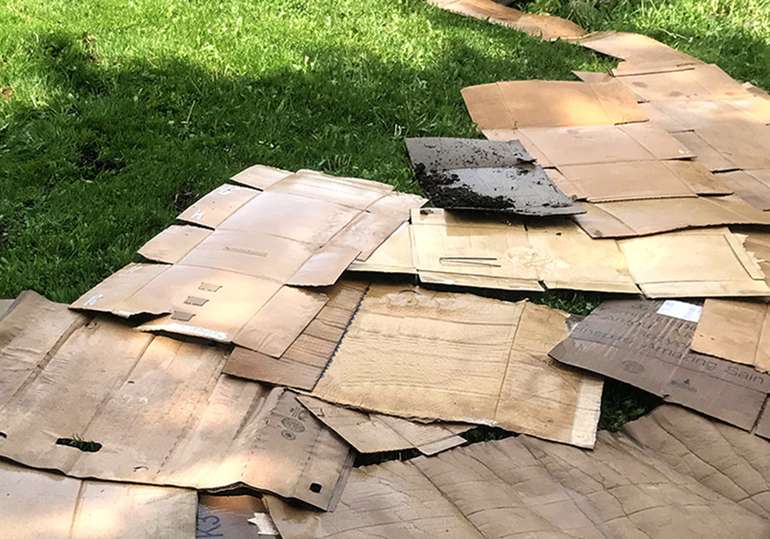
Because of this, we recommended that full details of all the pros & cons of lasagna gardening are carefully considered before rushing out into the garden with all the Amazon boxes accumulated from those DIY projects for during the recent sheltering at home and smothering a chunk of lawn! And, just in case there’s some Italian in the family, we also wanted to add that yes, we do know it can also be spelled lasagne, thank you! You say ‘tomato’ and we say ‘tomahto’ springs to mind…
Lasagna Gardening; the ‘pros’
Opinions are subjective regarding the pros of lasagna gardening, and what one person may find as a labor-saving gardening trick may be viewed as ‘being lazy’ by someone else. If you’re of the opinion that easy is better as far as gardening is concerned – then a lasagna garden may be the perfect fit for you.
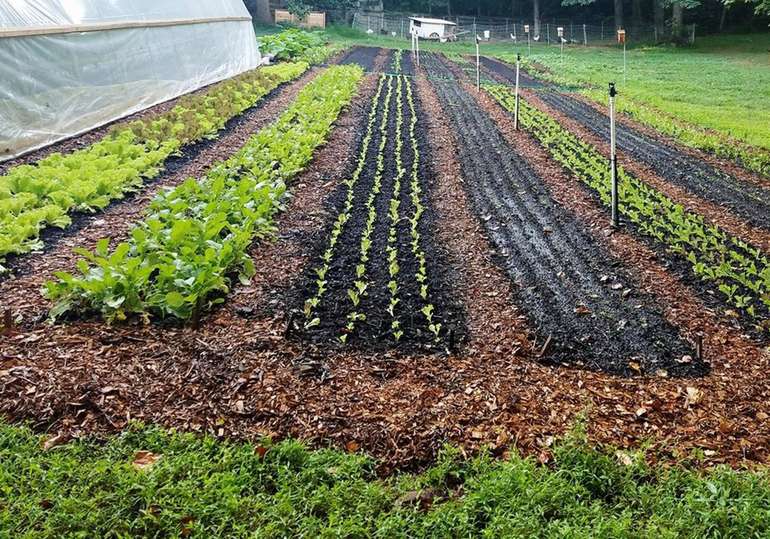
Lasagne gardening also saves waste, as it makes use of materials that would otherwise be sent to landfills. So a big lasagna garden ‘pro’ is that it’s a great way to produce vegetables at home while eliminating the need to have your kitchen waste and some recyclable materials picked up and disposed of by municipal services.
That advantage alone is enough to convince some people to try creating and enjoying a lasagne garden. Build it in the spring, layer it up, and it’s ready to plant almost immediately as the frost goes away for another year.
The base materials for building a lasagna garden can be brown items (carbon) like non-toxic newspapers, leaves or cardboard alternated with green layers (nitrogen) such as grass clippings, kitchen organic scraps, or even coffee grounds - though to be sure check why some say never to put coffee grounds on plants or gardens here – and be careful not to overload it with too rich a compost mix if you are building on acidic or clay soils as that can inhibit plant growth.
Another ‘pro’ for lasagna gardening is that the process of building on grass improves the soil quality of your garden, and you can build up additional levels as needed. If you are building in an area of poor quality or clay soils, a lasagne garden construction will ensure a fertile top layer of free-draining soil on top of heavy and difficult to work soils underneath such as clay.
Worth mentioning though, is that a lasagna garden won’t grow best in waterlogged clay soil. Some kind of drainage will still be needed in that situation, especially if considering growing potatoes in a lasagne garden or other root crops which can rot in soil that is too saturated with water. One way of preventing this is to build a lasagne garden upwards into raised beds or planters.
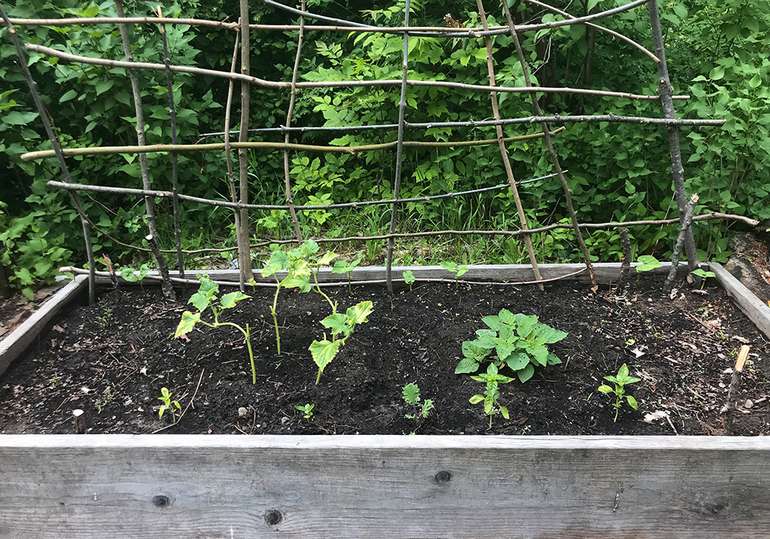
The next advantage of lasagna gardening is that little maintenance is required. Our favorite of the lasagna garden advantages is how simple they are. While it could be considered doing things the lazy way by the seasoned gardener, there is something to be said for simply enjoying more garden time rather than busting your back with a lot of maintenance. With lasagna gardening, there is no need to dig or till and no need to cut or dig out sod when building one on a former lawn.
Simply alternate carbon and nitrogen materials and keep the 'cooking' garden area wet. And that layer of cardboard is certainly a better method of weed prevention than adding a broad-spectrum glyphosate herbicide that may be toxic to us and our pets.
Another advantage we love is that they can be ready to plant as soon as you feel like it. Lasagna gardens can sit and 'cook' for a few months until they are ready to plant, or you can start right away with a layer of well-aged compost/soil mix as the top most layer and put plants in immediately.
Cons of Lasagna Gardening
Lasagna gardening makes a lot of sense in many respects. Layers of compostable material intermingled with carbon sources, often discarded newspaper, or cardboard will break down and improve soil nutrient availability, tilth and kill many pesky weeds during the process – that’s the theory at least.
Yet, there are downsides to lasagna gardening, even from the sustainable and organic viewpoint. Lasagna gardening is also called no-till gardening, a practice suggested for reducing carbon admissions, but this is also one of the main reasons against lasagna gardening too – and that’s why it’s worth looking in detail at the ‘pro’s’ and their ‘cons’ of lasagna gardening.
Slow nutrient return and soil oxygen content: as these heavier lasagna garden layers break down, oxygen levels in the soil can be reduced because they are pretty much suffocated by the multiple layers of material – especially the wet cardboard and newspaper.
A lack of oxygen means aerobic bacteria cannot do their work effectively, which in turn slows down the decomposition process and means that many released nutrients from the rotting down will not absorb into soil well, and may instead leach away in rainwater run-off – especially if placed on top of clay soils.
Time Advantages: One of the lasagna garden’s claimed advantages can sometimes be a drawback. The amount of time it takes to gather and move all the organic material necessary for the carbon/nitrogen layering is added to the time it takes for the layers to break down into available nutrients. It may work – and might look like something was achieved quickly, but in reality, lasagna gardening can take time to reach its most highly-productive level.
Choosing safe materials: Many of our cardboard boxes come from overseas and from places where there isn’t legislation in place restricting certain chemicals dyes from use during the manufacturing of boxes. Many shiny cardboard surfaces are also treated with varnishes including polymers and plastics, or even worse are heat-set with actual plastic finishes. Avoid these, as they can release microplastics that can be consumed by wildlife and our plants themselves.
There may also be other petroleum products, certain chemicals and heavy metals released that can contaminate a vegetable patch. This is why we recommend that you be very selective with what you use as a base layer.
The functional size of a lasagna garden is limited: it simply would not be practical to try to do an entire field in the lasagna garden method, so this is more a small-scale solution for urban farming. Gathering enough food safe paper and cardboard for layering would require a concerted effort for larger areas of food production.
Our Conclusion: Lasagna Gardening Drawbacks vs. Benefits
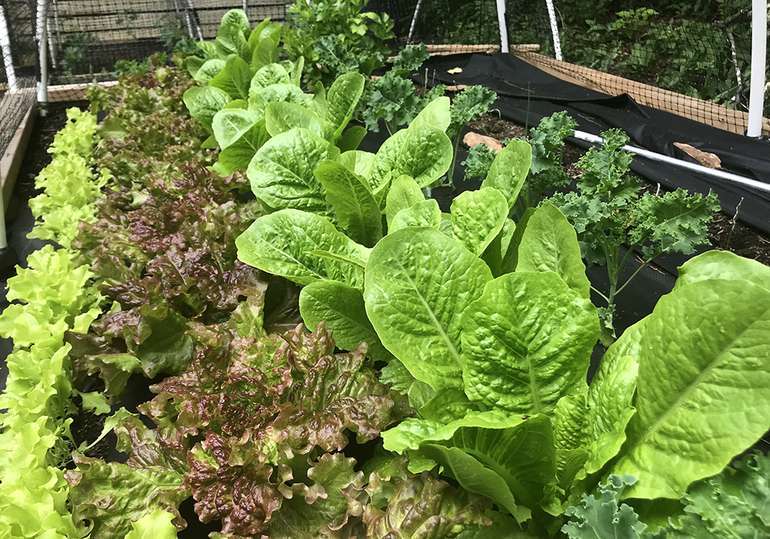
There is some work and time involved in successful lasagne gardening, but there would be with the construction of any raised garden bed or vegetable patch; for example, another small space gardening solution – the keyhole garden. Yes, a lasagna garden takes a while to break down until it is its most productive, but it’s really just a few months. That can be valuable time in which patient gardeners can be busy planning what to plant in their new vegetable beds!
Whether or not the pros outweigh the cons of lasagna gardening must be weighed up for each individual garden and indeed, each individual gardener. While the practice may be perfect for one type of gardener, it may be more trouble, expense, and waste than it’s worth for another.
Overall, each benefit and detraction should be measured before undertaking a lasagna garden or any other composting effort – but our advice? We’d say give lasagna gardening a careful try and judging for ourselves is the best way to go...
Now that you know the pros and cons of a lasagna garden, learn more about how to start a garden and growing food at home in the following pages:
Find more about green lifestyle choices and home construction in the Ecohome Green Building Guide pages and find out about the benefits of a free Ecohome Network Membership here. |
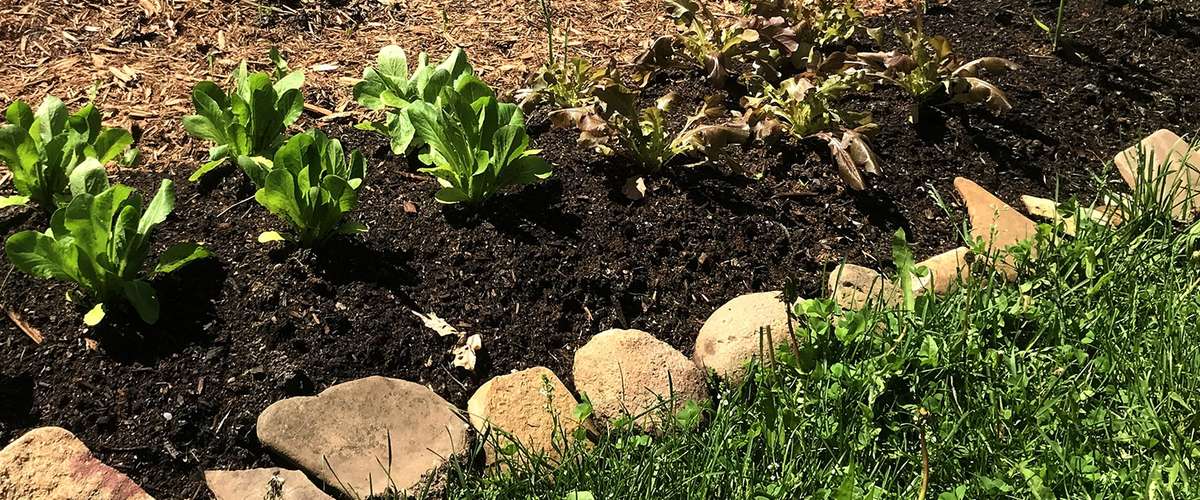














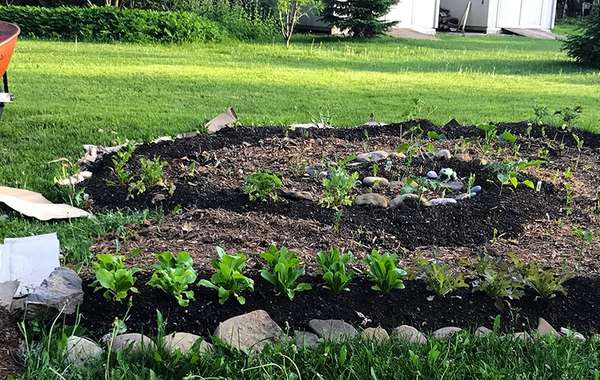
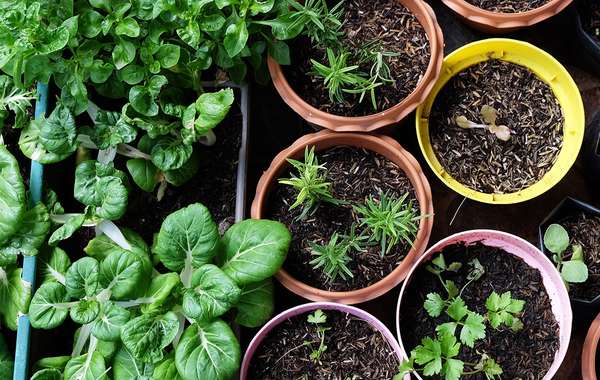
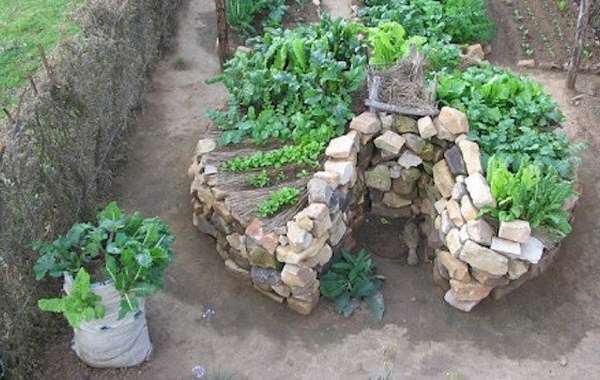
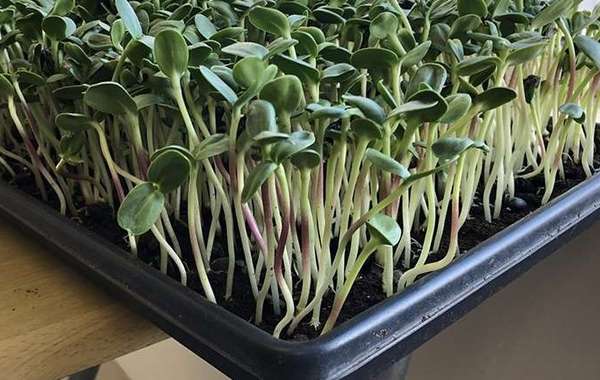
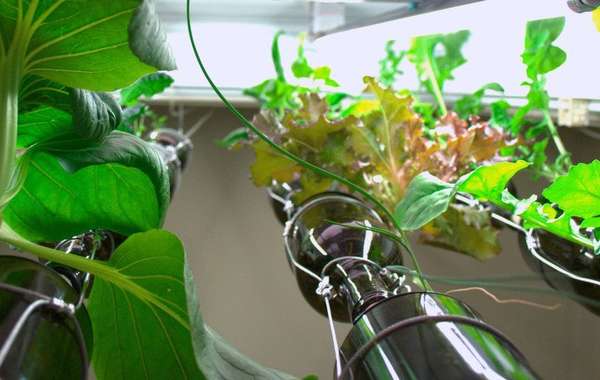
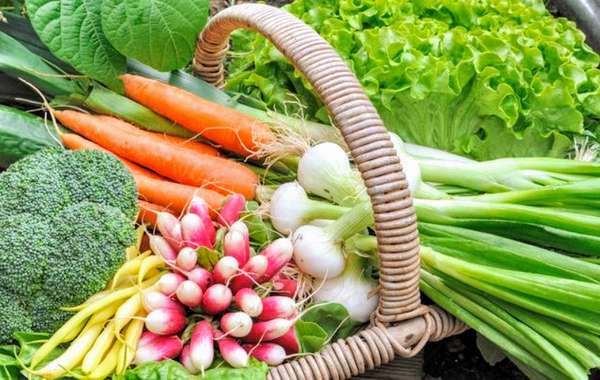
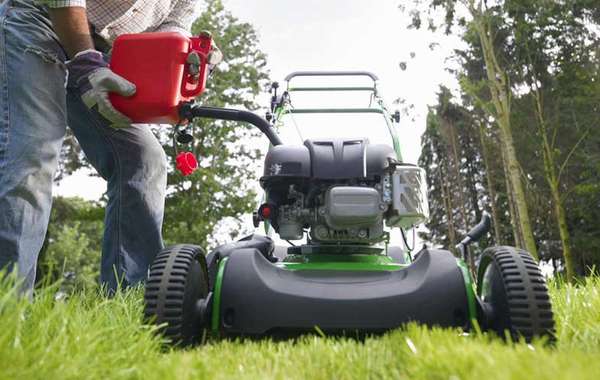
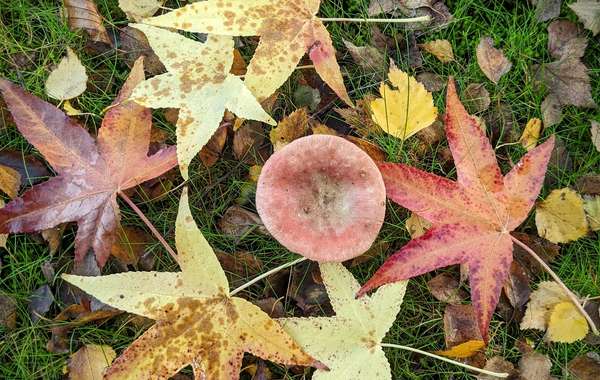
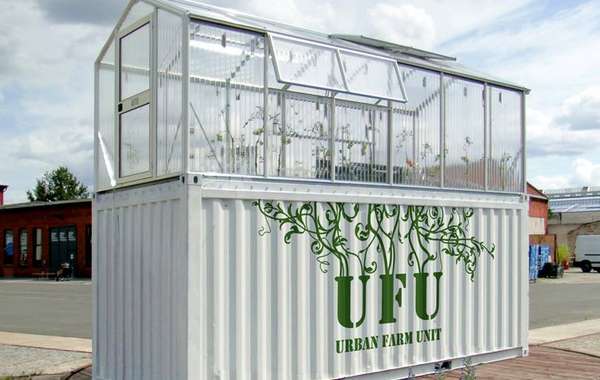
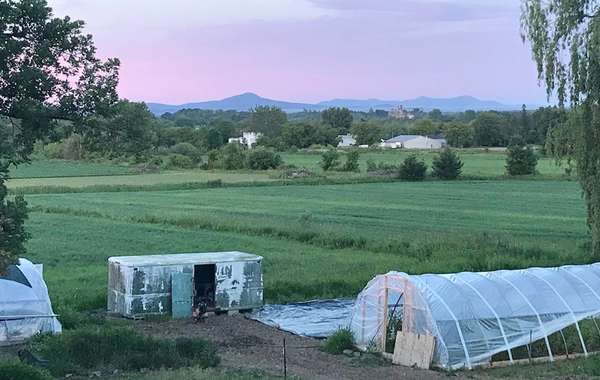
Comments (0)
Sign Up to Comment